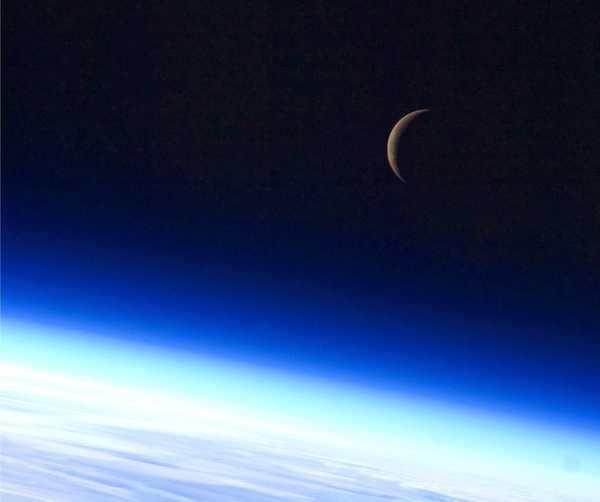|
researchers at stanford university were featured in a recent new scientist article highlighting the efforts to use outer space as a method for extreme cooling of a thermal emitter to 42.2°c below the temperature of the ambient air.

stanford researchers have used space to cool a thermal emitter. (wikimedia commons)
the emitter was placed in a vacuum chamber that eliminated heat transfer from convection or conduction. the scientists radiated the heat from the emitter through a specially-designed window and into the sky.
matt reynolds of new scientist explained, “earth’s atmosphere allows thermal radiation of wavelengths between 8 and 13 micrometres to pass through it into outer space – but most objects release heat at different wavelengths. the stanford emitter, however, was specifically designed so that most of the heat it emits falls within that range, meaning that on a clear day it will pass straight out into space without being bounced back by the atmosphere.
after only 30 minutes of pumping air out of the vacuum chamber, the temperature of the emitter dropped to 40°c below ambient and it maintained an average temperature of 37° below ambient over the next 24 hours.
this technology could be useful for refrigeration and for medical applications, where extremely low temperatures are required, or for rooftop air conditioning units. as reynolds noted, commercial applications will need to find a reflective material that is less costly than the zinc selenide that was used in the window of the stanford test.
the research was published in nature communications in december. the abstract from that report stated:
“radiative cooling technology utilizes the atmospheric transparency window (8–13 μm) to passively dissipate heat from earth into outer space (3 k). this technology has attracted broad interests from both fundamental sciences and real world applications, ranging from passive building cooling, renewable energy harvesting and passive refrigeration in arid regions.
“however, the temperature reduction experimentally demonstrated, thus far, has been relatively modest. here we theoretically show that ultra-large temperature reduction for as much as 60 °c from ambient is achievable by using a selective thermal emitter and by eliminating parasitic thermal load, and experimentally demonstrate a temperature reduction that far exceeds previous works.
“in a populous area at sea level, we have achieved an average temperature reduction of 37 °c from the ambient air temperature through a 24-h day–night cycle, with a maximal reduction of 42 °c that occurs when the experimental set-up enclosing the emitter is exposed to peak solar irradiance.”
|